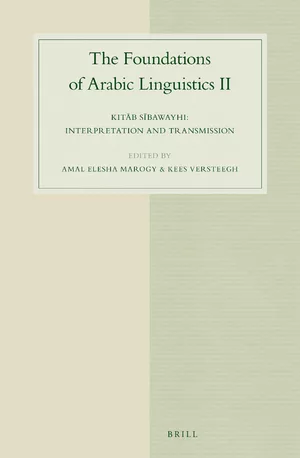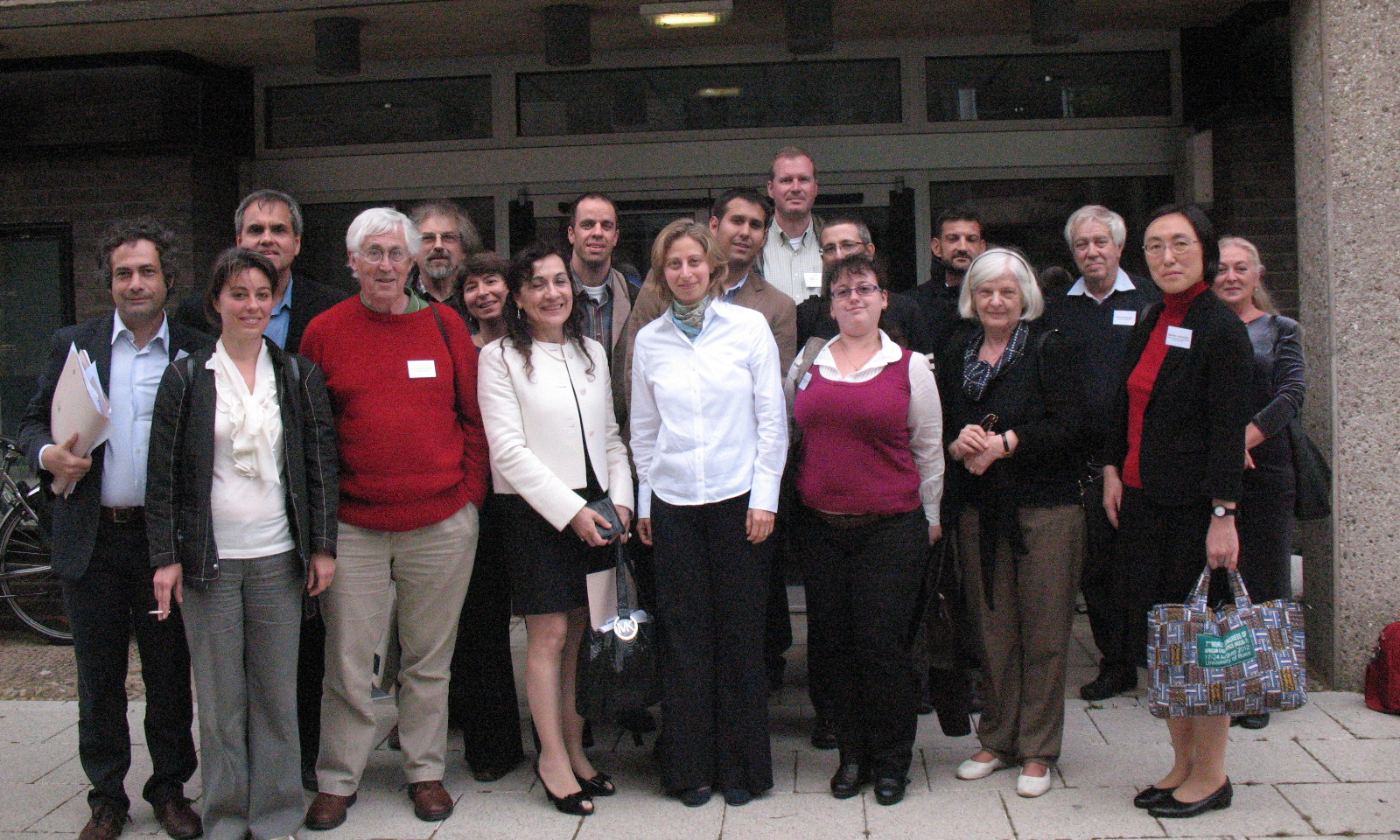The proceedings of this second conference were published in this volume:
The foundations of Arabic linguistics II: Kitāb Sībawayhi, interpretation and transmission (edited by Amal E. Marogy & Kees Versteegh), Leiden: Brill, 2015 (“Studies in Semitic languages and linguistics”; 83).

This volume includes:
- “Some aspects of the relation between enunciation and utterance in Sībawayhi’s Kitāb. A modal category: al-wājib/ġayr al-wājib” by Georgine Ayoub (pages 6–35)
- “The grammar of affective language in the Kitāb” by Michael G. Carter (pages 36–65)
- “Ittisāʿ in Sībawayhi’s Kitāb: A semantic ʿilla for disorders in meaning and form” by Hanadi Dayyeh (pages 66–80)
- “What happened to the grammar of numerals after Sībawayhi?” by Jean N. Druel (pages 81–99)
- “Real and irreal conditionals in Arabic grammar: From al-ʾAstarābāḏī to Sībawayhi” by Manuela E. B. Giolfo (pages 100–119)
- “Abstract principles in Arabic grammatical theory: The operator assigning the independent mood” by Almog Kasher (pages 120–137)
- “The analysis of valency in Sībawayhi’s Kitāb” by Giuliano Lancioni & Cristina Solimando (pages 138–159)
- “The notion of tanwīn in the Kitāb: Cognitive evaluation of function and meaning” by Amal E. Marogy (pages 160–170)
- “Sībawayhi’s and later grammarians’ usage of ḥadīṯs as a grammatical tool” by Arik Sadan (pages 171–183)
- “The notion of fāʾida in the medieval Arabic grammatical tradition: Fāʾida as a criterion for utterance acceptability” by Beata Sheyhatovitch (pages 184–201)
- “What’s it like to be a Persian? Sībawayhi’s treatment of loanwords” by Kees Versteegh (pages 202–221)

